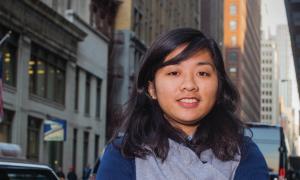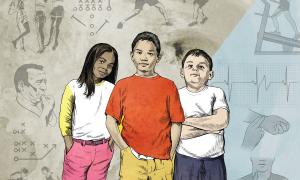article
2,177 Results
article
Excellence With Equity: A Mentor’s Approach, Part 2
In the second of a three-part series, this new-educator mentor explains how to build beginning teachers’ strengths in culturally and linguistically responsive practices.
article
Influence of 'Kony 2012' Video Needs Moderation
Over dinner recently, I learned of my niece’s concern about her high school administrators removing the Kony 2012 posters that had been plastered all over the school. Kony 2012, a global campaign and viral video released by the nonprofit Invisible Children earlier this month, had fired her up and inspired her. My sister was thrilled to see her daughter so taken with a cause and so committed to having impact.
article
Homeless is Not So Far Away
My students had questions about the central character in the story Fly Away Home written by Eve Bunting and illustrated by Ronald Himler. And even as 2nd graders, they knew something about the problem. "Homelessness is mean," said James.
article
Finding Money to Save Adam
As dean of students, I’m sitting at my desk passing time one morning when my radio crackles. “There was just a fight in the courtyard,” says a teacher. “I’m bringing both of the students in right now.” I sigh in frustration and turn to watch the security-camera footage on my computer. Sure enough, there are two students facing off in the courtyard. Oh no, I think. Please don’t let that be who I think it is.
article
Intolerance Crumbled After Meeting a Family
A family of four came to speak to my high school juniors and seniors. Two dads and their 16-year-old daughter and 17-year-old son talked about their family, the adoption process and their experiences with discrimination and prejudice.
article
Toolkit for The Gentle Catalyst
As adults and authority figures, teachers have power over their students. This toolkit is an “adult privilege” checklist teachers can use as a self-assessment tool to help them think about their own privilege in the classroom.
article
The Ripple Effect

Meet the people behind YCteen, a youth-written magazine inspiring educators throughout New York City.
article
article
What We’re Reading
The Teaching Tolerance staff reviews the latest in culturally aware literature and resources, offering the best picks for professional development and teachers of all grades.

